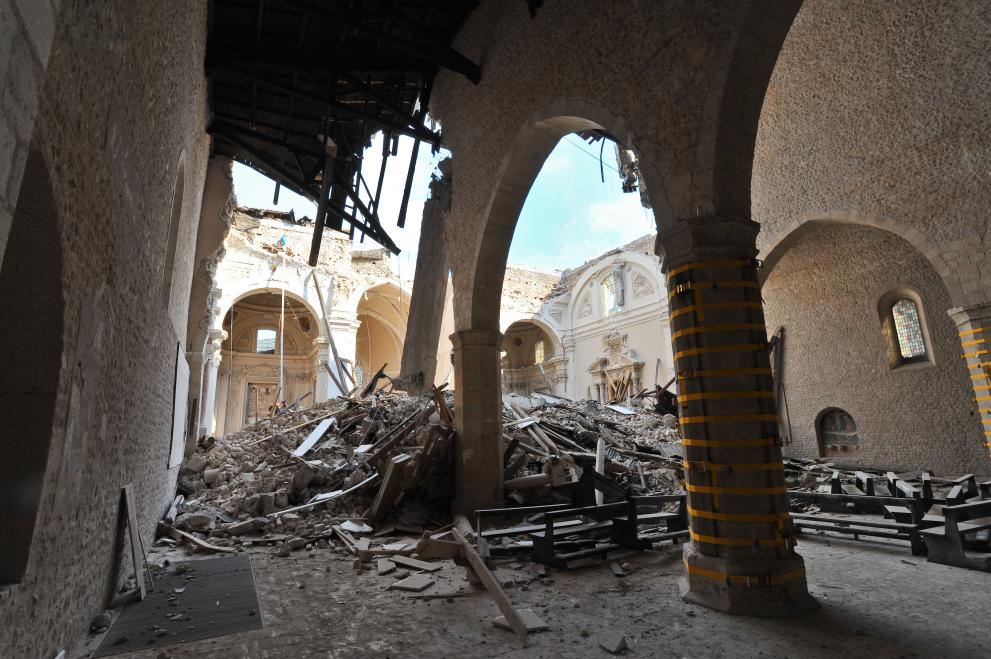
An EU-funded project is taking a new approach to investigate the link between surface radon concentration and seismic activity.
Naturally present in all outdoor air at very low levels, radon gas is emitted from uranium, which is found in minute quantities in most rocks. Along fault zones, the tectonic movements result in increasing tension that in turn creates cracks in the underlying rock material.
An increasing number of cracks will increase radon emission from layers under stress. Participating scientists will observe changes in radon-concentration at the surface that reflect the changes in tension at deeper layers. These stem from small movements along fracture zones, as it can happen before an earthquake, and the changes in the geological and hydrological structure.
There are more than 600 studies from around the world on changes in various environmental parameters preceding earthquakes, often showing contradicting results. All the studies were, however, performed in different (non-standardised) ways using different type of detectors and measuring in different media.
In the Awareness and resilience through European multi-sensor system (ArtEmis) project, the measurements are performed in the same way in all selected monitoring sites.
ArtEmis is coordinated by Sweden’s KTH Royal Institute of Technology and gathers 15 partners, mostly research organisations, but also representatives of the communities affected. The objective is to measure radon concentration in ground water in selected locations, corelate the data with seismic activity by using machine learning (ML), and build AI tools to improve forecast and earthquakes prediction.
JRC contributes with advice on the graphical display of data based on experience from the work on EUropean Radiological Data Exchange Platform (EURDEP). Furthermore, JRC measures the components to be used in the sensors for radioactive components. In particular, the Ra-226 (Radium 226 isotope) activity of electronic components is essential to know as it is the parent of Rn-222 (Radon 222 isotope).
The partners have designed and produced novel, in-water radon detectors equipped with additional sensors. Six detectors have been deployed in fault zones in earthquake prone areas in Italy’s region of Abruzzo, the Ionian islands in Greece and Swiss Alps. Additional 30 are being developed to be installed by the end of 2024 in the same countries.
Related content
Awareness and resilience through European multi sensor system (ArtEmis)
Details
- Publication date
- 21 March 2024
- Author
- Joint Research Centre




